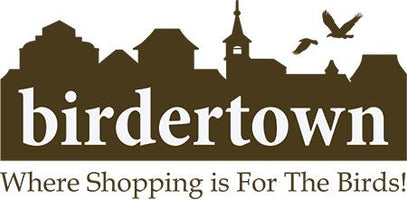
When Do I Stop Feeding Hummingbirds?
Hummingbirds are among the most popular birds to watch. Their swooping around and chasing one another away from the food makes for an exciting show. If you’re a fan of these small but mighty birds, then It’s likely you know to put your feeders up a week or two before you expect the first arrivals. But many people have one question: when to stop feeding hummingbirds for the winter. Let’s take a look.
Hummingbird Migration Patterns
Hummingbirds are a migratory species. There are some exceptions, which we’ll discuss later. But most species travel to Central America and Mexico for the winter. They will spend their springs migrating to their northernmost range and the falls migrating back south.
Since different species have different ranges, some more northern than others, it is helpful to learn more about the specific types of hummingbirds you have in your area. This can give you greater insight into when you should expect them to arrive and the last ones to leave.
For example, you could have some species leave when other more northern species arrive. There is often a bit of overlap in many areas. Additionally, it is worth noting that hummingbirds tend to migrate at different times based on their gender and age. Males tend to be the first to head south. Meanwhile, juveniles are among the last to leave.
Ensuring that you leave feeders out for juveniles is essential as it provides them with the nutrients needed to prepare for their journeys. Additionally, they will remember the location of the food source and return for years to come.
Will Leaving Feeders Out Too Long Hurt the Hummingbirds?
As you likely know, hummingbirds migrate to find their preferred climate and ideal food sources. Thus, it is normal for some people to wonder if leaving feeders out too long will hurt hummingbirds. After all, if you are providing your feathered friends with plenty of food, what is to ensure they begin their migration before it is too late?
The answer to that question is hormones. The length of the day actually triggers a hormone response in these birds. As the days get shorter, this hormonal change signals them to store energy from eating and begin heading south. The hormonal instinct is far stronger than the allure of free food, so no worries.
So, When Do I Stop Feeding Hummingbirds?
The expert answer to this question varies considerably from area to area. The basic answer is to take down your feeders after roughly two weeks without seeing a hummingbird. This practice generally guarantees that all birds have flown south and gives time to ensure that other species from the north have all migrated through.
You can search and find state by state or area by area migration times if you want a specific time. In fact, as we referenced earlier, there are certain areas where you will leave your feeders out year-round as a few species of Hummingbirds don’t migrate. For example, Anna’s hummingbirds (native to coastal regions of Washington, Oregon, and California) stay all year. The same is true for Costa’s hummingbird (parts of California & Arizona) and buff-bellied hummingbirds (parts of Louisiana & Mississippi).
Aside from non-migratory species in certain areas, you will typically take down your feeders later if you live further south. For example, residents of Canada and Alaska will likely take theirs down in September. In Colorado and Indiana, October tends to be ideal. The date switches to November for areas like West Virginia and Oklahoma, while December is optimal in South Carolina and Arkansas.
Again, you can look up state and area-specific information online to be completely confident. You definitely don’t want to take feeders down too early, particularly when hummingbirds are gearing up for migration. However, the best practice of removing feeders after two weeks without seeing any hummingbirds is generally accepted.
Looking to add a few Hummingbird feeders to your backyard oasis? We offer a wide selection of high-quality feeders.
